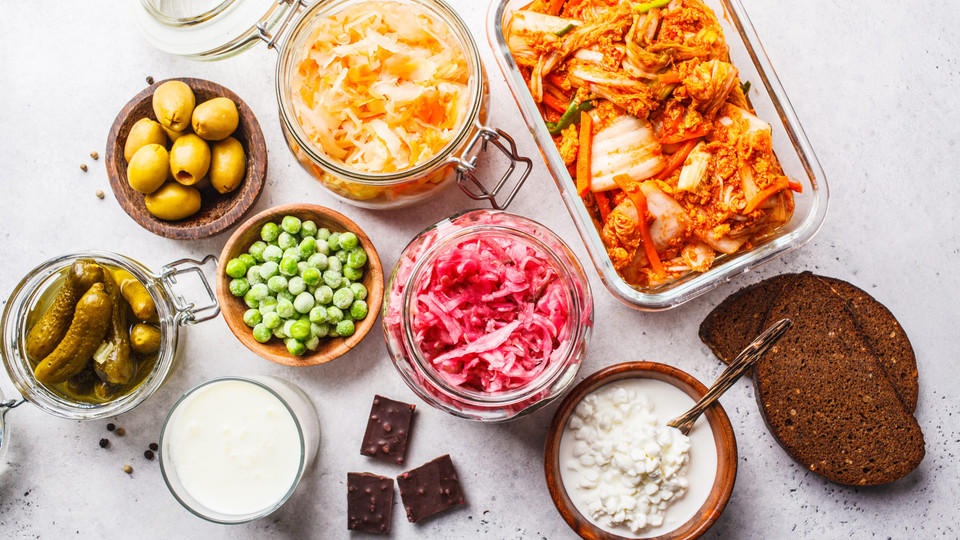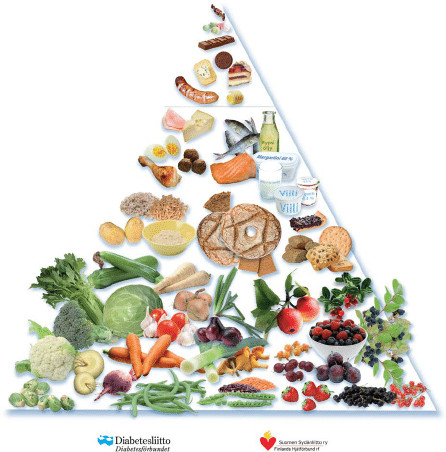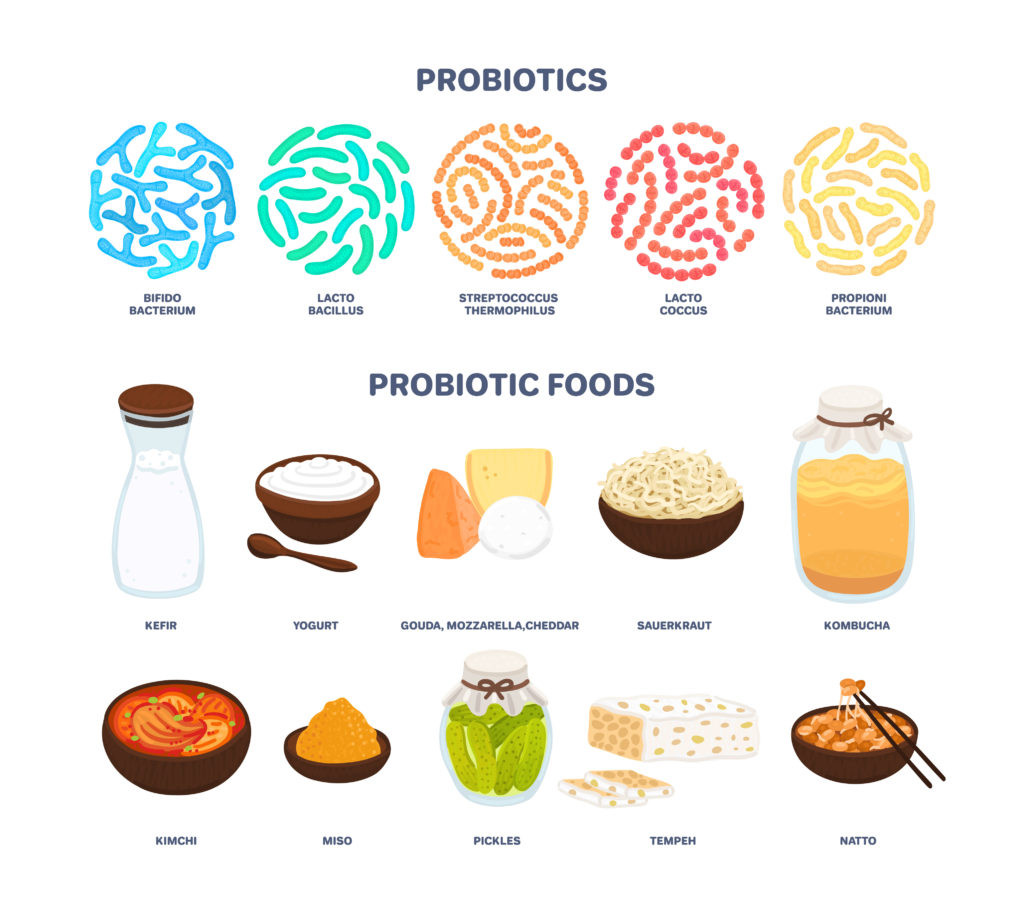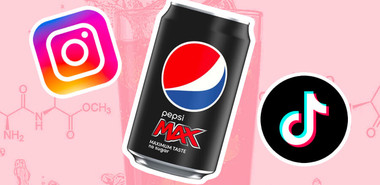
The Nordic Diet is quickly gaining popularity and traction in the nutrition world, with many individuals comparing it to the Mediterranean diet. Why not follow the diet of people from the countries consistently rated the happiest in the world?
As the Nordic Diet is relatively new, there is only a small number of studies researching its benefits and effectiveness in improving health. The NORDIET (2011) study found that following a healthy Nordic diet for 6 weeks where individuals ate as much as they wanted, resulted in improved cholesterol levels and insulin sensitivity in individuals with high cholesterol. [1] In addition, The EPIC- Potsdam (2018) study highlighted that the Nordic diet may reduce the risk of heart attacks in both women and men. [2]
What is the Nordic Diet?
The Nordic diet is an environmentally conscious diet that focuses on locally sourced, minimally processed, and traditional foods in Norway, Sweden, Denmark, Finland, and Iceland. Similar to the Mediterranean diet, the Nordic diet focused on plant-based foods with small amounts of eggs, seafood, and dairy included. It focuses on foods that are in season, locally sources and organic.

Macronutrient distribution recommended in the NORDIET study (based on the Nordic Nutrition Recommendations 2004) [3]
What is the recommended macronutrient distribution?
- 50-60% of total energy from high- quality carbohydrates from foods rich in fibre (aiming for 25- 35g of fibre per day):
- Limit refined sugars to max 10% energy intake
- 10-20% protein:
- 25-35% total fat
What can I eat on the Nordic Diet?
As you can see in the figure, these foods include:
Core, everyday foods:
- vegetables (beans, carrots, mushrooms, parsnips, cauliflower, cabbage, zucchini)
- fruits (berries, plums, apples, pears)
- wholegrain cereals (oats, rye, barley, dense sourdough rye bread)
- potatoes
- legumes and beans
- nuts and seeds
Eat moderate amounts (2-3x per week)
- fish (salmon, sardines, herring, cod, mackerel) – fermented fish often included.
- meat and poultry (include game meats that are much leaner than beef founds in our supermarkets e.g. venison, deer, bison and caribou)
- low-fat or fat-free dairy (milk, sour milk, yoghurt, cheese)
- rapeseed oil (canola) or margarine
What should I avoid?
Consume infrequently:
- animal fats (butter)
- processed meats (sausage, salami, ham)
- chocolate, sweets, pastries
Nordic Diet Pros & Cons
- The Nordic diet is high in fibre and fermented foods. This combination is extremely beneficial for gut health. Fibre-rich foods also have the bonus benefit of improving cholesterol levels, insulin sensitivity and can also help with satiety and weight loss. [4]
- Rich in omega 3s fatty acids which is important or brain health. In particular, these foods within the Nordic diet are high in omega 3 fatty acids: seafood, rapeseed oil (canola oil), nuts and seeds.
- Focusing on local produce and plant-based foods is good or the environment and your health!
- The Nordic diet can be quite expensive when replicating it in a different country. For example, the main fruit emphasized in the Nordic diet is berries. When these are not in season locally, they are often more costly than other fruits. Therefore, focusing on locally-grown and in season fruits in the country you’re living in will likely yield similar benefits (even if these fruits and vegetables aren’t commonly eaten or specified in the Nordic Diet).
- Options such as game meats (venison, deer, bison and caribou) are not readily available and accessible in Australia. This makes the diet harder to replicate outside Norway, Sweden, Denmark, Finland, and Iceland.
- It may be impractical for individuals who are time-poor and/or don’t enjoy cooking. The Nordic diet emphasizes home-cooked meals which may not be feasible for everyone. Luckily, there are many meal prep and meal kit companies available that focus on healthy foods including Youfoodz and HelloFresh.
How do I get started?

Final Verdict:
The Nordic Diet is a nutritionally balanced diet. It provides guidelines that can help reduce risk of chronic disease and minimise your impact on the environment. While there is still research being conducted on the Nordic diet, it is quite similar to the Mediterranean diet that is strong body of research. The main difference between the two diets it that the Mediterranean diet uses olive oil, whereas the Nordic diet uses rapeseed (canola oil). While I personally prefer to use olive oil, the Heart Foundation also lists canola oil as a heart-healthy oil.
The main benefits from the Nordic diet are derived from eating minimally processed, whole foods. Therefore, I would highly recommend you focus on increasing home-cooked meals made with whole foods from each food group in the Nordic diet.
The Nordic Diet FAQs
What is the healthiest diet in the world?
There is no one fits all diet for the world but the diet with the most research is the Mediterranean diet. The Mediterranean diet emphasises whole, plant-based foods with red meat, fish, eggs and dairy in moderation.
Nordic diet or Mediterranean diet? Which is better?
The Mediterannean diet is well-researched, evidence-based eating patterns with a ton of benefits on cardiovascular health, brain health and even mood. It is very similar to the Nordic diet,witht he main difference being that the Nordic diet recommends canola oil, whereas the Mediterranean diet recommends olive oil. Based on the evidence base, the Mediterranean diet would be a better choice for many individuals.
Is the Nordic diet expensive?
The Nordic diet can be expensive if you’re focusing on eating traditional Nordic foods. Instead, use the principles of the Nordic diet and shift your focus onto eating locally sourced, minimally processed foods right where you are. You can still mimic the high berries intake at an affordable price by eating frozen berries.
What is the Viking diet?
The Nordic diet is considered to be how the Vikings used to eat. It’s based on locally-grown, traditionally foraged foods and game meats. It is a reminder to focus on home-cooked and non-packaged foods.


